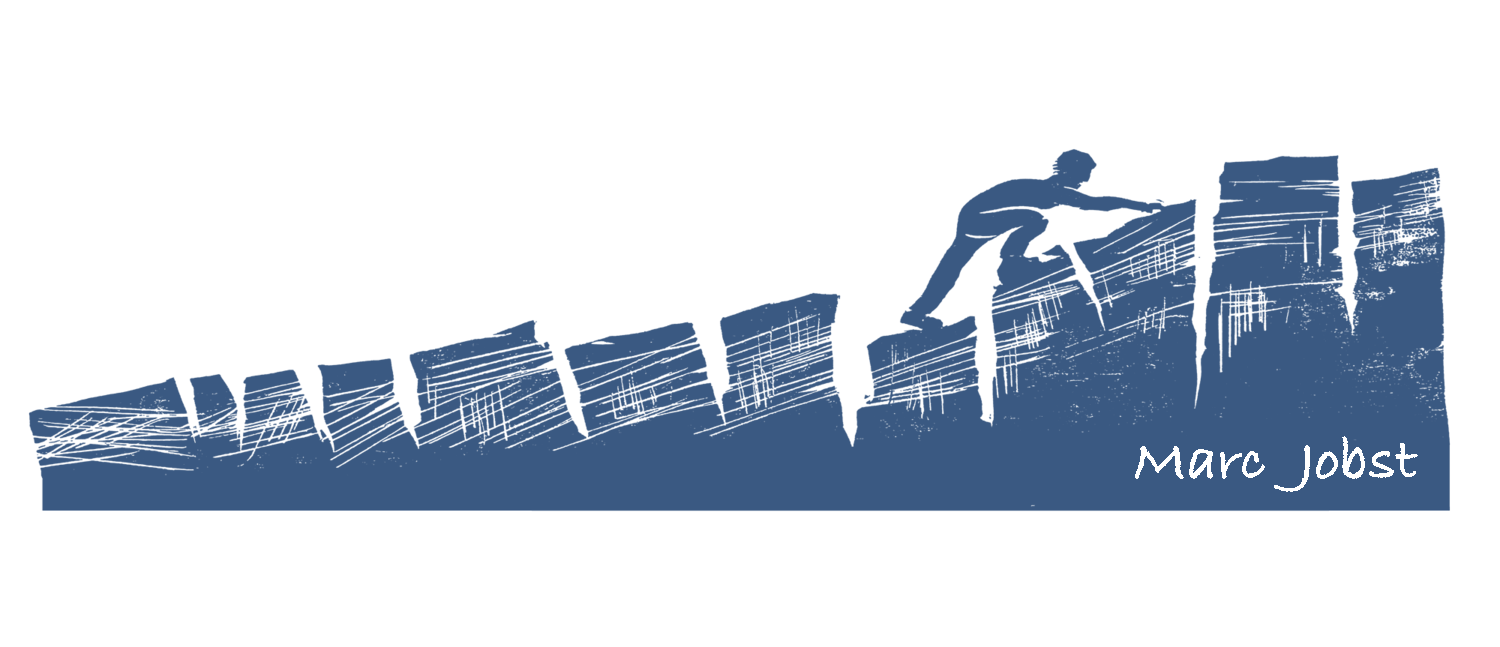What's the Story?
What’s the Story? A pavement in Manhattan
We need stories.
They are how we learn to be human.
They help us to make sense of our lives.
We walk in the shoes of a story’s characters, we experience the conflicts, dilemmas and decisions they have to make, and we quietly apply them to our own lives. At the end of the story we slip off the shoes and come back to our own footprint. The best kind of stories leaves us with food for thought, flavours to savour, and images to dwell on, long after the credits have rolled.
by andrework
That’s partly why fairy stories have lasted so long. At “The End” we are left with so many images, thoughts and flavours conjured up in our own imaginations. We know the story’s world isn’t real, yet the emotions and conflicts the characters experience relate to our own, and, in a safe way, we participate in their journey.
As storytellers we’re in a privileged position. We’re the creators and producers of stories. In film and television we have a huge platform, with potentially millions of viewers. We invite people to choose, above all the other things they could do, to watch our story.
That gives us such an opportunity for lasting influence. I think it’s our job to use that influence in ways that are both life giving and life questioning.
We must entertain, we must bring passion and purpose to our work, and we must engage emotions – laughter, tears, sadness, doubt, rage, understanding, hope (most definitely hope just now!).
I also think it’s interesting to create stories that bring relevance and questions to our lives, our world, and our common sense of humanity.
Knowing, clearly, what the point of our story is, why we’re spending so much time, passion and energy making it, why we’re inviting an audience to sit with us for the duration of the story, is a very helpful guide throughout the process of production.
It’s the question I find myself asking more times than I can remember in prep, or on set:
“What’s the story?”
It holds all the answers.
If you’re developing the design for a set, where better to go than back to the source: “what’s the story?” It’s easy to come up with phenomenal designs, but do they support the story, are they congruent with the world you’re developing? Going back to the story unlocks the answers.
Richard Jenkins and James Cromwell on the set of Berlin Station (Epix/Paramount)
Likewise when developing a cohesive approach to costume design: “what’s the story?”. Where do these people come from? How do they interact? Do they want to impress, or seek to hide? Do they care what they look like? Have money to spend? Do they wash? Conform? Rebel? Etc etc etc
Luke Cage: Mustafa Shakir, Bushmaster, lined up for a close up to be dissolved into Luke Cage, then Mariah Dillard
And so often I’ve found working with an actor on how to understand a particular line, or motivation, or relationship, going back to the fundamental question: “what’s the story?” unlocks the why, and the how.
What do they want out of the relationship, the scene, the wider story? How does this scene support the character’s episodic, series, whole story arc etc?
When directing, with all the multitude of variables in any day, I return to this question, “What’s the story?” time and time again. It brings me back to the still point in the turning wheel of film making. Like the potter, who must to keep a lump of clay centred if he has any chance of throwing a decent pot, so I find it helps me centre the film.
Filming the finale for The Witcher
It is our True North.
Knowing a story’s true north helps maintain a firm hand on the ship’s tiller so we keep sailing towards the story we want to tell.
It also means we can confidently spin off into all kinds of different story directions and not get horribly lost along the way because we’re clear of our true north. And the sometimes confusing and contradictory winds that blast a film’s sails - whether from editorial, creative, studio or production - have less chance of blowing the film totally off course, because we can constantly return to the basic question of “What’s the story?” Where are we heading? What’s our true north?





